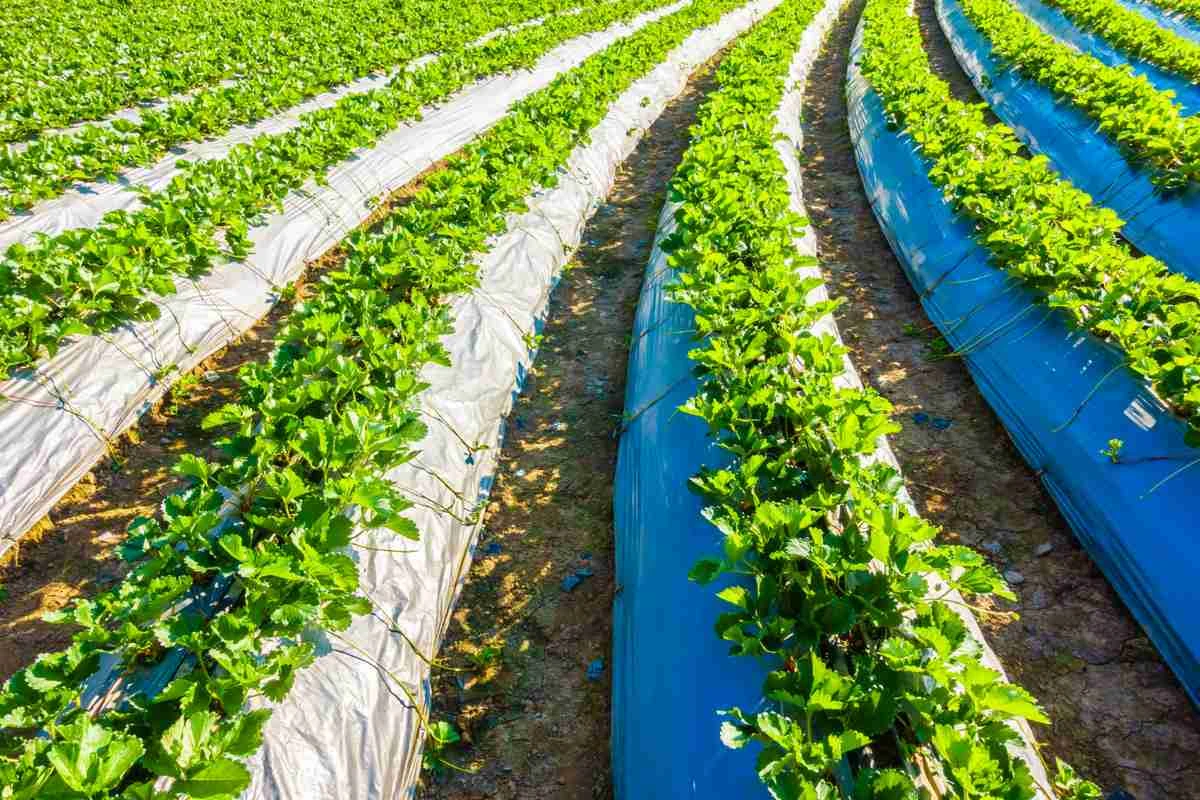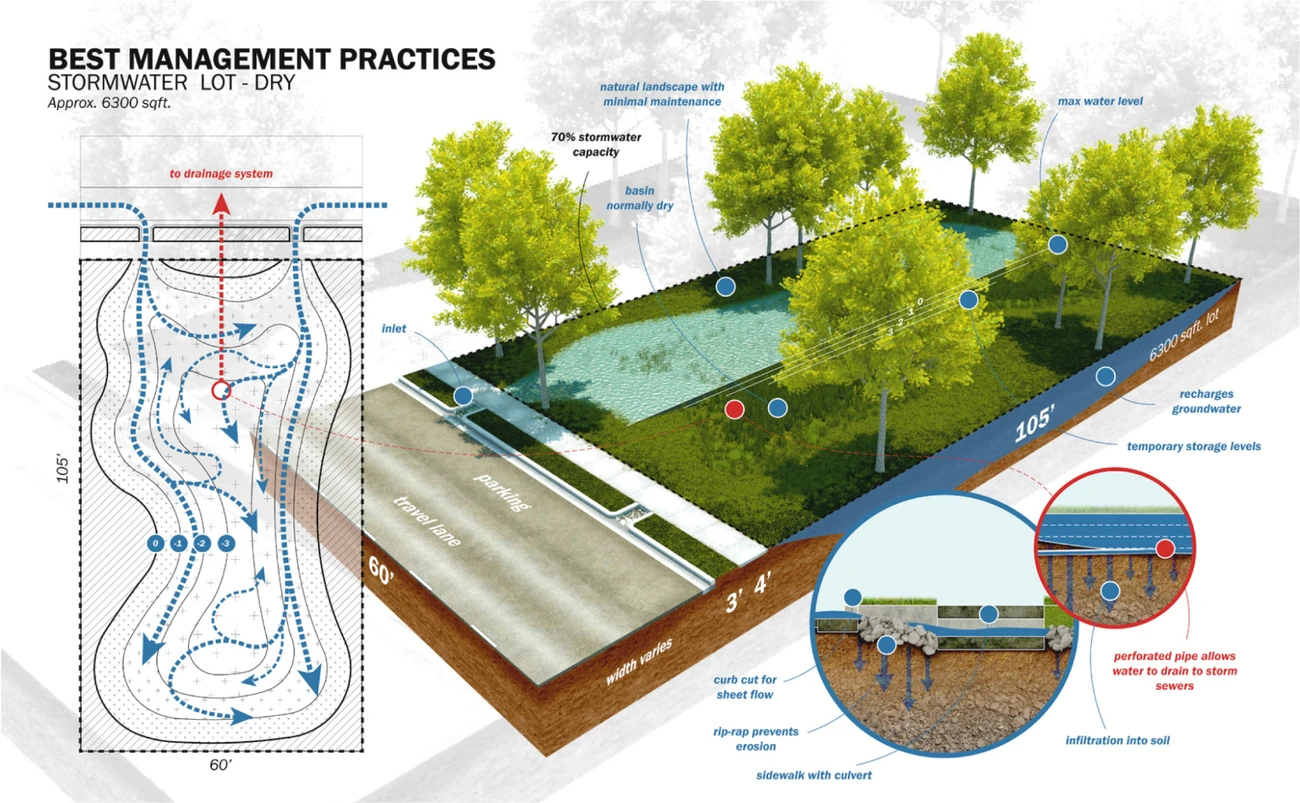Nature’s Reservoirs: Traditional Water Retention and Aquatic Ecosystems for a Climate-Ready Future
Published on: July 19, 2025
As climate change intensifies droughts, depletes groundwater, and threatens ecosystems, the path toward sustainability must include nature-based solutions that both conserve water and restore biodiversity. At Forengers, our research team is actively exploring, testing, and enhancing traditional and modern water conservation strategies that combine natural water-retaining materials with the ecological benefits of lotus and lily ponds. These complementary approaches aim to rejuvenate landscapes, improve local water security, and foster ecological harmony—offering practical, community-driven answers to some of the world’s most pressing environmental challenges.

Natural Water-Retaining Materials: Earth’s Answer to Drought
Throughout history, local communities have relied on organic and mineral-rich materials to conserve water in arid regions. Today, these materials are gaining renewed attention as sustainable, affordable alternatives to synthetic solutions, enabling better soil moisture retention, erosion control, and increased agricultural productivity.
At Forengers, we are researching the following materials for improved implementation, efficiency, and adaptability:
- Coir (Coconut Husk) – Holds up to 10 times its weight in water; ideal for mulching and soil conditioning in tropical climates
- Vermicompost and Organic Compost – Improve soil structure and water-holding capacity while enhancing microbial activity
- Mulch (from straw, leaves, or grass) – Reduces surface evaporation, suppresses weeds, and protects soil from erosion
- Clay-rich soil – Naturally high in water retention and useful for lining water bodies and bunds
- Biochar – A porous, carbon-rich soil additive that increases water retention and soil fertility while sequestering carbon
- Jute and Burlap – Used as biodegradable wraps and covers for erosion control and sapling protection
- Hydrogels from natural starch – Derived from cassava or corn, they absorb hundreds of times their weight in water and offer a biodegradable alternative to synthetic gels
- Charcoal dust + cow dung mixture – A low-cost soil enhancer that supports microbial life and root zone moisture retention.

Lotus and Lily Ponds: Biodiversity, Beauty, and Water Harmony
While natural materials help retain water in the soil, lotus and lily ponds present an opportunity to manage surface water, enrich biodiversity, and cool local microclimates.
At Forengers, we’re studying these aquatic systems not just for their ecological and aesthetic value, but for their role in:
- Water recharge and groundwater infiltration
- Providing habitats for fish, amphibians, pollinators, and beneficial insects
- Supporting community-based water storage for irrigation and domestic use
- Absorbing excess nutrients and stabilizing water quality.
We are integrating techniques like clay bunds, coir linings, and jute mats to reduce seepage and evaporation, ensuring these ponds remain sustainable and low-maintenance. The presence of biochar-treated soil around these ponds also enhances surrounding plant health and moisture retention.

Bringing It Together: Regenerative Landscapes Through Nature-Based Innovation
The synergy between soil-based water retention techniques and pond ecosystems exemplifies how indigenous knowledge and ecological design can converge for impactful, climate-smart solutions. At Forengers, our mission is to research, refine, and scale these methods through field testing, community engagement, and scientific validation.
These nature-powered interventions are particularly relevant for:
- Afforestation and reforestation drives
- Rural farming systems
- Urban water-sensitive landscaping
- Environmental education and demonstration projects.
By showcasing how small, sustainable changes—like compost enrichment or lotus pond installation—can lead to significant environmental benefits, we aim to empower individuals and communities to take climate action that’s grounded in nature.

- Food and Agriculture Organization of the United Nations. (n.d.). Conservation agriculture: Water retention and soil organic matter. Retrieved from (http://www.fao.org/conservation-agriculture)
- Indian Council of Agricultural Research. (n.d.). Soil and water conservation practices. Retrieved from (https://icar.org.in)
- International Water Management Institute. (n.d.). Soil moisture conservation techniques in South Asia. Retrieved from (https://www.iwmi.cgiar.org)
- Natural Resources Defense Council. (n.d.). Mulching and composting for drought resilience. Retrieved from (https://www.nrdc.org)
- Pan, G., Li, L., Wu, L., & Zhang, X. (2007). Biochar application for soil improvement and climate change mitigation. Journal of Cleaner Production, 15(15), 1505–1506. https://doi.org/10.1016/j.jclepro.2007.04.005